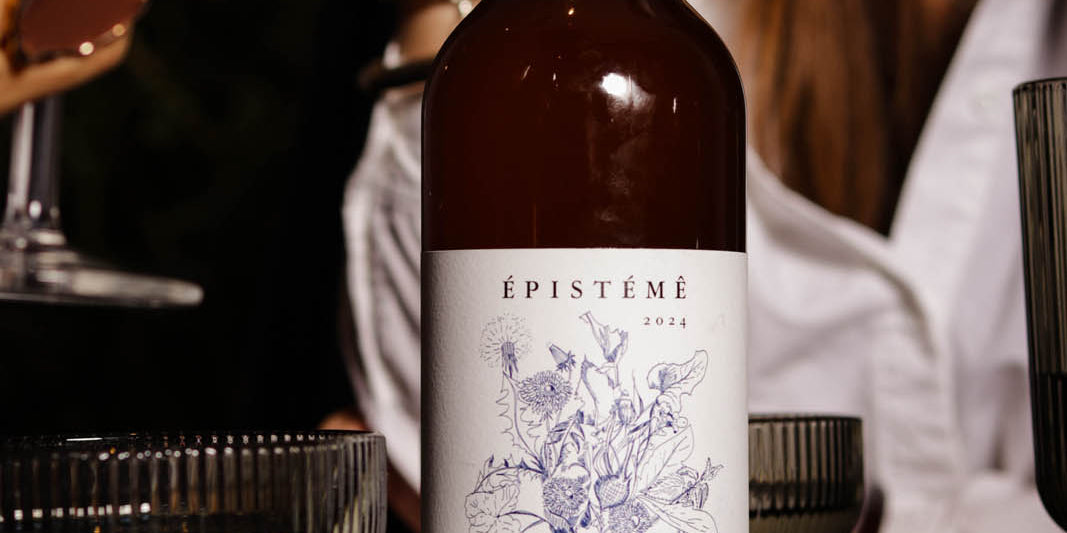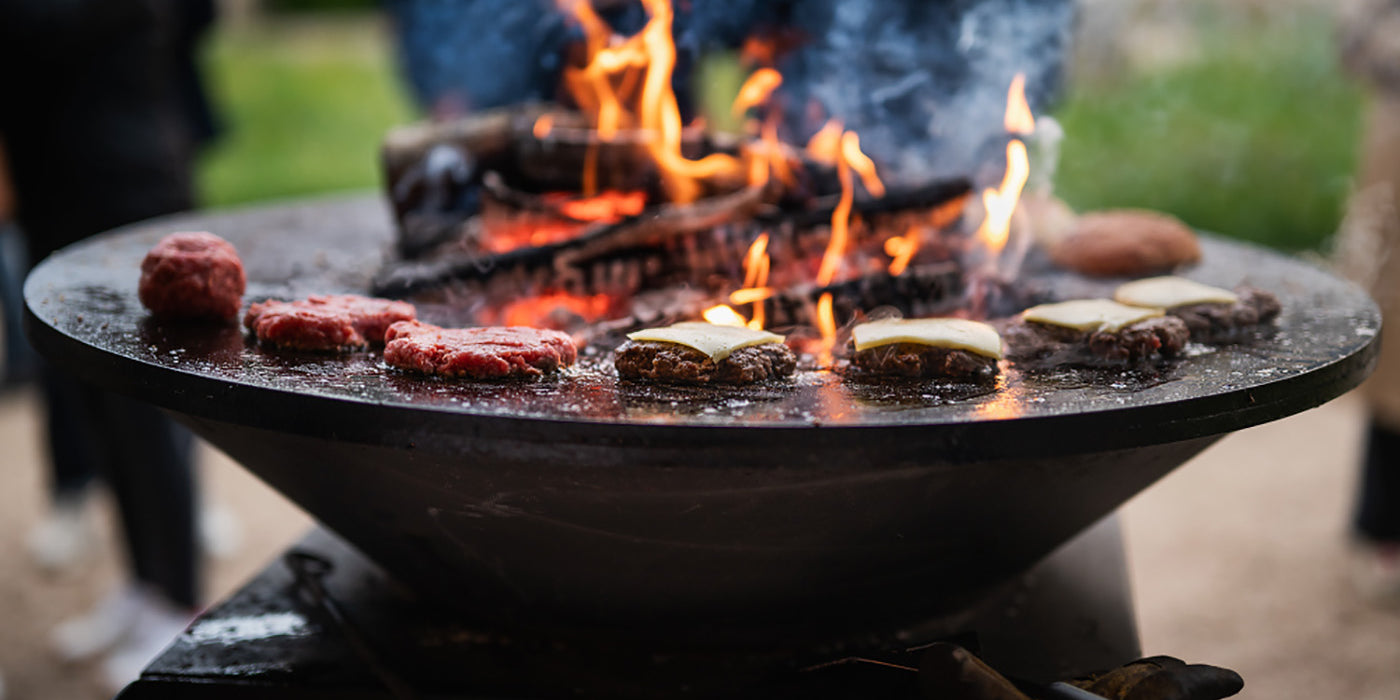Producing great wines requires taking into account many parameters in the vineyards and in the cellar. Tillage is one of these parameters. At the estate, we attach particular importance to bringing life and biodiversity back to our vines.
As each terroir has its particularities, each soil must be worked and maintained differently. To carry out this work, a soil analysis is therefore essential. Over the last few months, we have been working to identify which unconventional solutions we could put in place in order to improve the biodiversity and fertility of our soils and thus improve the life of our vines.
After extensive bibliographic research, we decided to carry out analyzes based on the study of bio-indicator plants.
Organic indicator plants
Plants germinate and grow only when certain essential and very special factors come together in a system. If these are not together, the seed will not germinate. This is called the dormancy phenomenon. If, on the contrary, all the factors are united, the plant develops. It's germination.
So to be able to analyze a soil according to the bio-indicator plant method, it is important to identify all the plants that occupy the soil. Thanks to the known germination parameters of the plants present, we can determine the predominant factors of the plot.

To carry out this analysis, Gérard Ducerf's Booklet on the conditions for breaking dormancy in bio-indicator plants is a very good tool. By combining the recovery rate of each species on a given plot, and knowing the germination parameters of each, we obtain the characteristics of the soil.
In other words, we seek to know what plants are present, in what proportion, and on what type of soil these plants grow in order to derive the main characteristics of the latter.
This analysis work will then be used to adapt the work in the vines according to each plot, i.e. choose the way to work the soil, choose the right grass cover, carry out the right treatments , whether or not to add mulch, etc.
The Clos des Poutures

If we take the example of our plot of Pommard 1er Cru Clos des Poutures, several species have been identified such as meadow grass, perennial ryegrass, barley rats or field bindweed.
From these identifications, we know that the soil is rich in active bases (potassium, magnesium, calcium) with a pH between approximately 5.5 and 6.5; that it is rich in organic matter and that it has good aerobic microbial activity, i.e. good mineralization of organic matter. What is wanted in agriculture.
This analysis will serve as a basis for choosing the work that remains to be defined. It will also be a base to see the evolution over the vintages.
And Loaris, a pretty good student?

At Loaris, where the same analysis work was carried out, several plants were identified, including white clover, buttercup and dissected geranium. Said like that, it does not add much, but when we know that these plants are synonymous with richness in active bases (potassium, magnesium, calcium), richness in organic matter, but also asphyxiated, packed and with very low water retention capacity (very dry, so-called "hot" soil), this allows you to analyze the work already done and know where to go.
Indeed, the richness in organic matter is a very good thing for the production of fruit and vegetables and this richness is partly due to the addition of compost made since the beginning of the Loaris project As for the low retention power of water, this is more due to the very nature of the soil than to the work carried out. This is why the presence of mulch on all of our crop beds is essential. This will help retain water and freshness during periods of great drought.

What to take away?
Nature is exciting, beautiful, and can produce anything we need. You just have to learn by watching it, and know how to accompany it. This is what we aim for at the estate, and what we do every day, in the vineyards, on the farm and in our permaculture garden.
Finally, if we had to remember one thing, it would be to use good agronomic sense in everything we do with nature. The long-term objective is to ensure the sustainability of soils and plants by acting on the causes and not on the consequences, as can often be done in modern agriculture.
Gustavo Gomes x Leo Plassard
Source: booklet on the conditions for breaking dormancy for bio-indicator plants (Gérard Ducerf, pronature editions)
.










